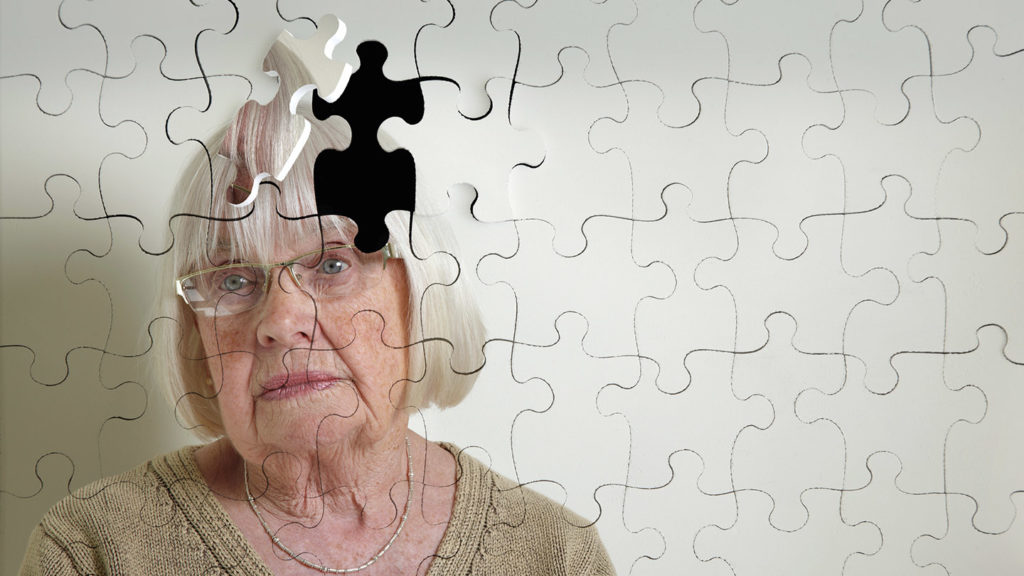
Medical providers are diagnosing Alzheimer’s disease and related dementias, or ADRD, in older adults more frequently than in the past, providing opportunities for better advanced care planning, according to the results of a new study.
A University of Michigan study published Friday in JAMA Health Forum identified increased recognition and diagnosis of ADRD but found that the intensity and aggressiveness of care at the end of life has not changed.
In an analysis of more than 3.5 million Medicare beneficiary deaths, researchers discovered that the percentage of ADRD diagnoses that occurred within two years of death had increased 36% between 2004 and 2017. Researchers also found those diagnoses happening more often in inpatient, hospice and home health settings.
Julie P. W. Bynum, M.D., a professor at the University of Michigan School of Medicine and one of the study’s authors, told McKnight’s Senior Living that the study results don’t necessarily translate into a higher prevalence of ADRD.
Changing attitudes and practices for documenting ADRD, increased public awareness, more diagnostic and treatment options, and changes in billing rules have improved the ability of medical providers and others to recognize and diagnose disease, she said. Despite that, the analysis showed little change in healthcare professionals scaling back on the intensity and aggressiveness of care at the end of life for those with a progressive cognitive disease.
Changes in life-prolonging treatment in the last six months of life were mixed, according to the study results. Despite greater recognition of dementia in the last years of life, the use of life-prolonging services, such as mechanical ventilation and dialysis, have not declined even while more people with dementia are receiving hospice services and fewer people are dying in hospitals or with feeding tubes.
The upside, Bynum said, is that clinical providers are recognizing the ADRD more, which gives those living with the disease and their caregivers the opportunity to do better advanced care planning. Ideally, that planning should prevent shuttling people with dementia between hospitals and the emergency department at the end of life.
According to the literature, Bynum said, half of people living with dementia do not have a proper diagnosis. Without that diagnosis, she said, it’s difficult for senior living providers and operators to counsel and help families understand what to expect.
“There is a real opportunity to say, ‘Let’s help these people obtain a diagnosis so that families can be empowered to make decisions that align with the long-term prognosis for this disease,’” Bynum said.
Long-term care facilities, she said, can use educational information from the Alzheimer’s Association to prepare families for a loved one’s doctor visits or help family members participate in a visit remotely.
“In my clinical experience, a facility will send their medical assistant or direct care provider with [a resident] to a visit, but those care providers are not knowledgeable informants,” Bynum said. “They can’t have conversations about the goals of care, because the right person is not in the room.
“You can’t do planning with an aid from a facility.”
Providers, she said, can help engage the right people during a physician’s visit so that the diagnosis can be made and the care planning can begin.
Up next for researchers, Bynum said, is tackling underdiagnoses and how to use a diagnosis to launch better advanced care planning. She said that the disease hasn’t changed, but recognition of the disease is important to make sure planning happens and the right people are engaged so individuals can receive the best care in their last years of life.
The JAMA Health Forum study was supported by the National Institute on Aging.


